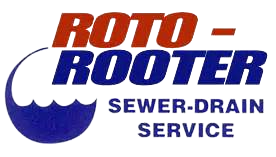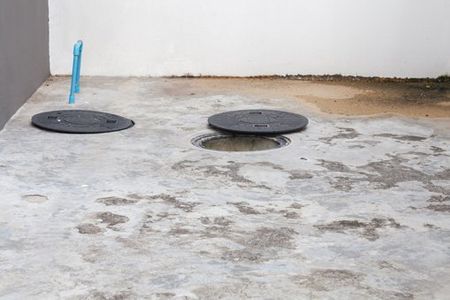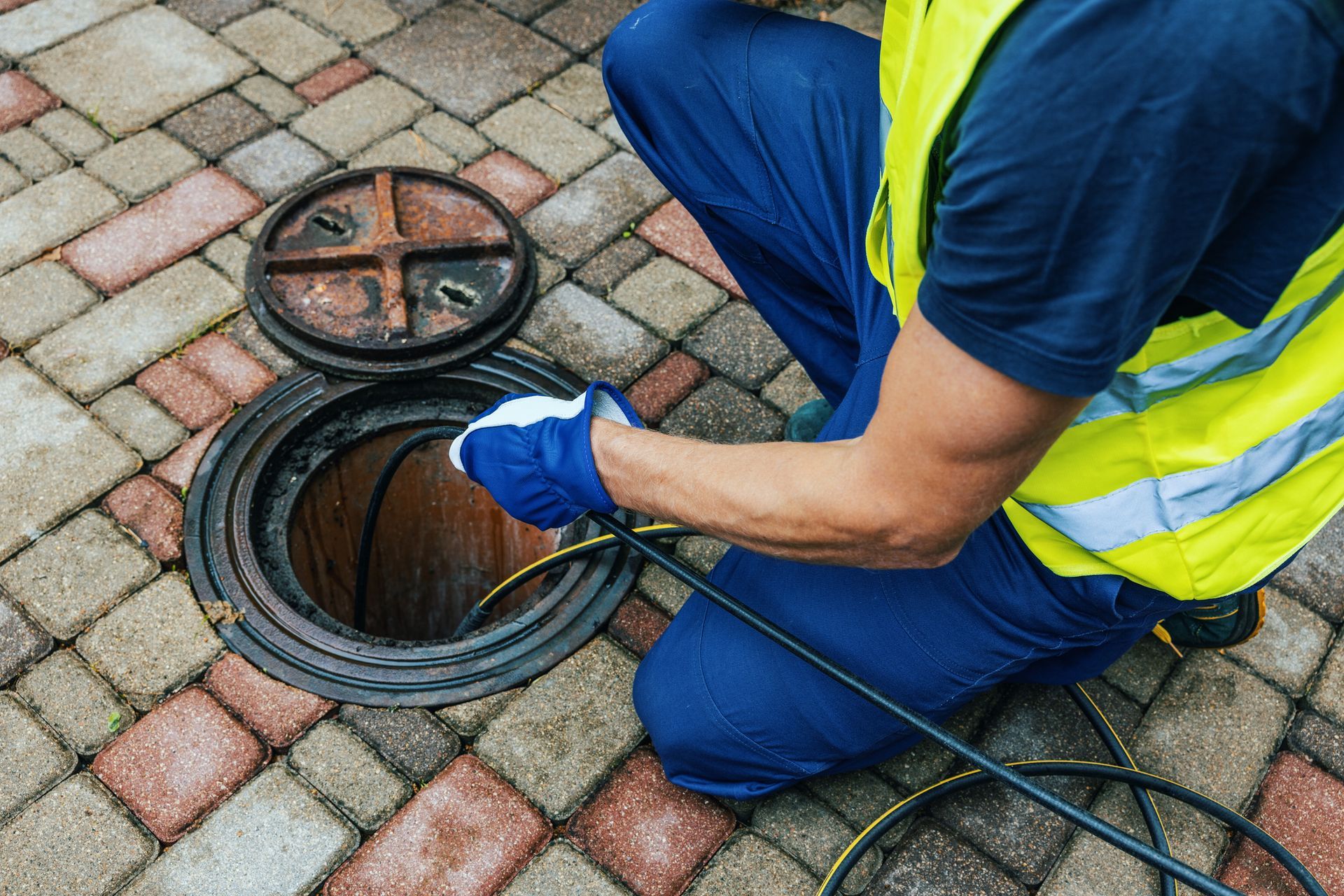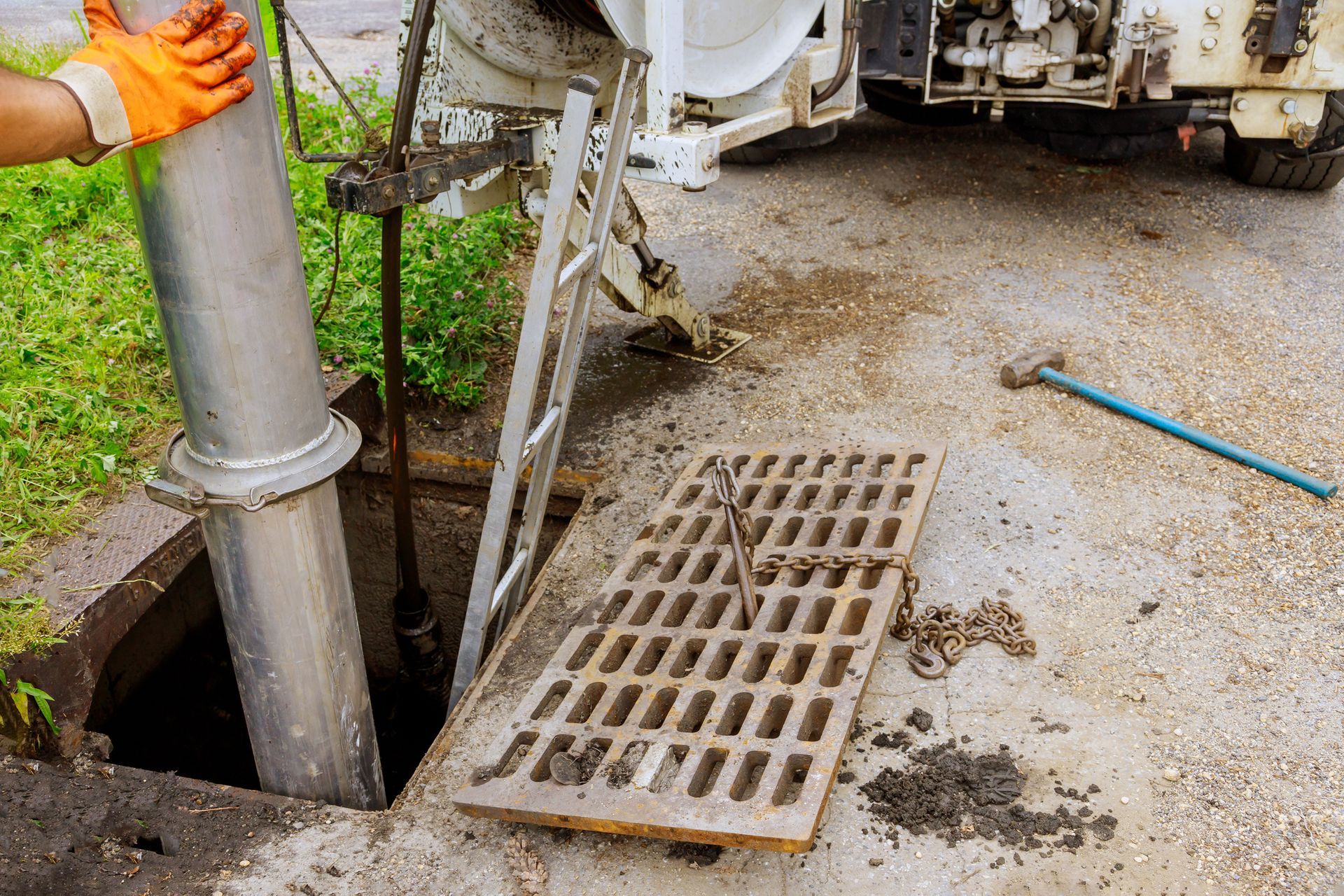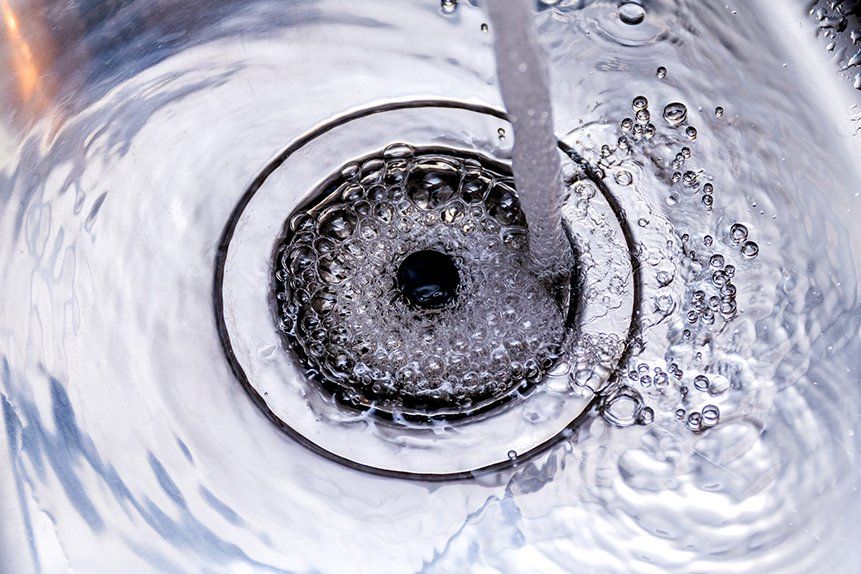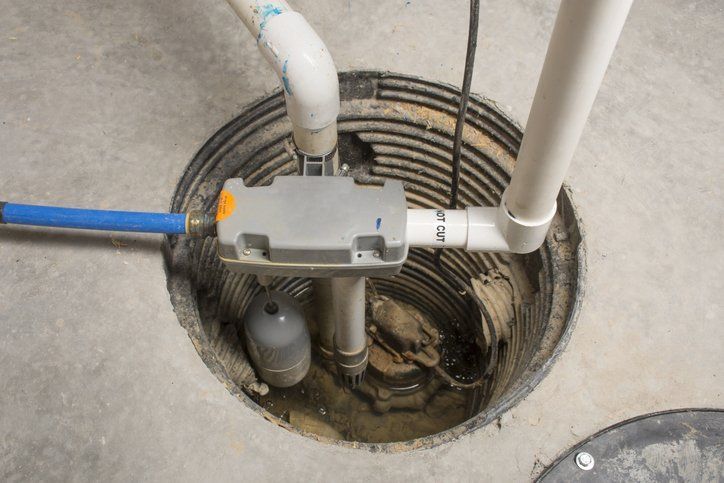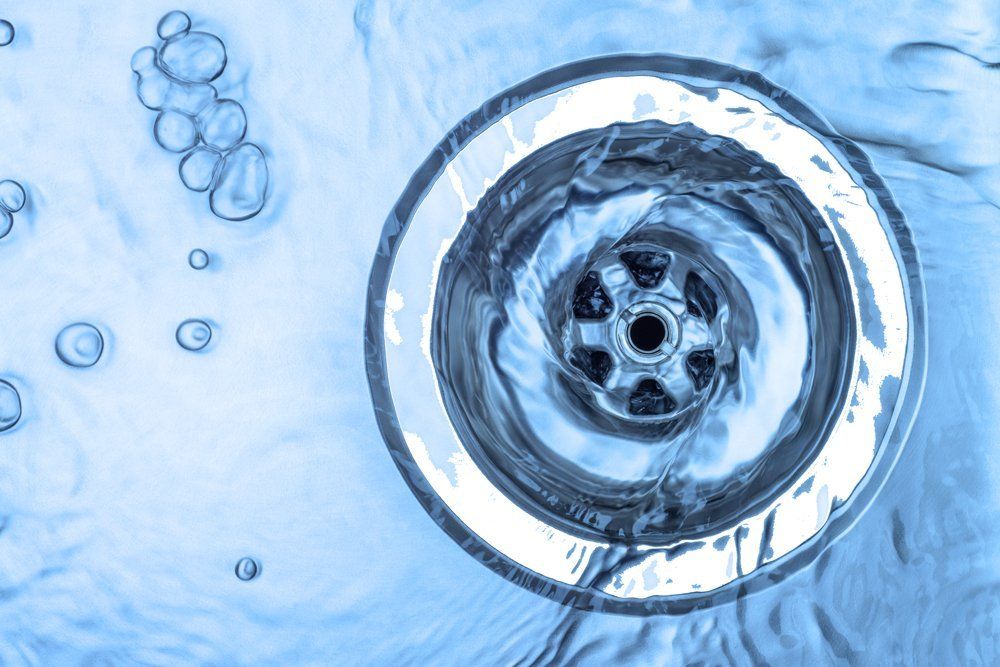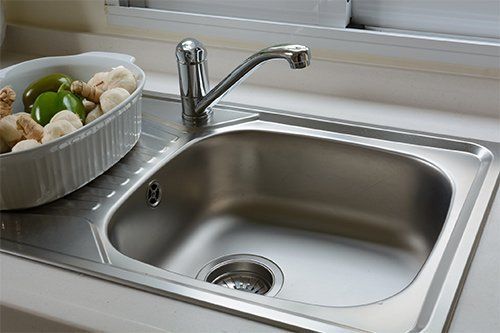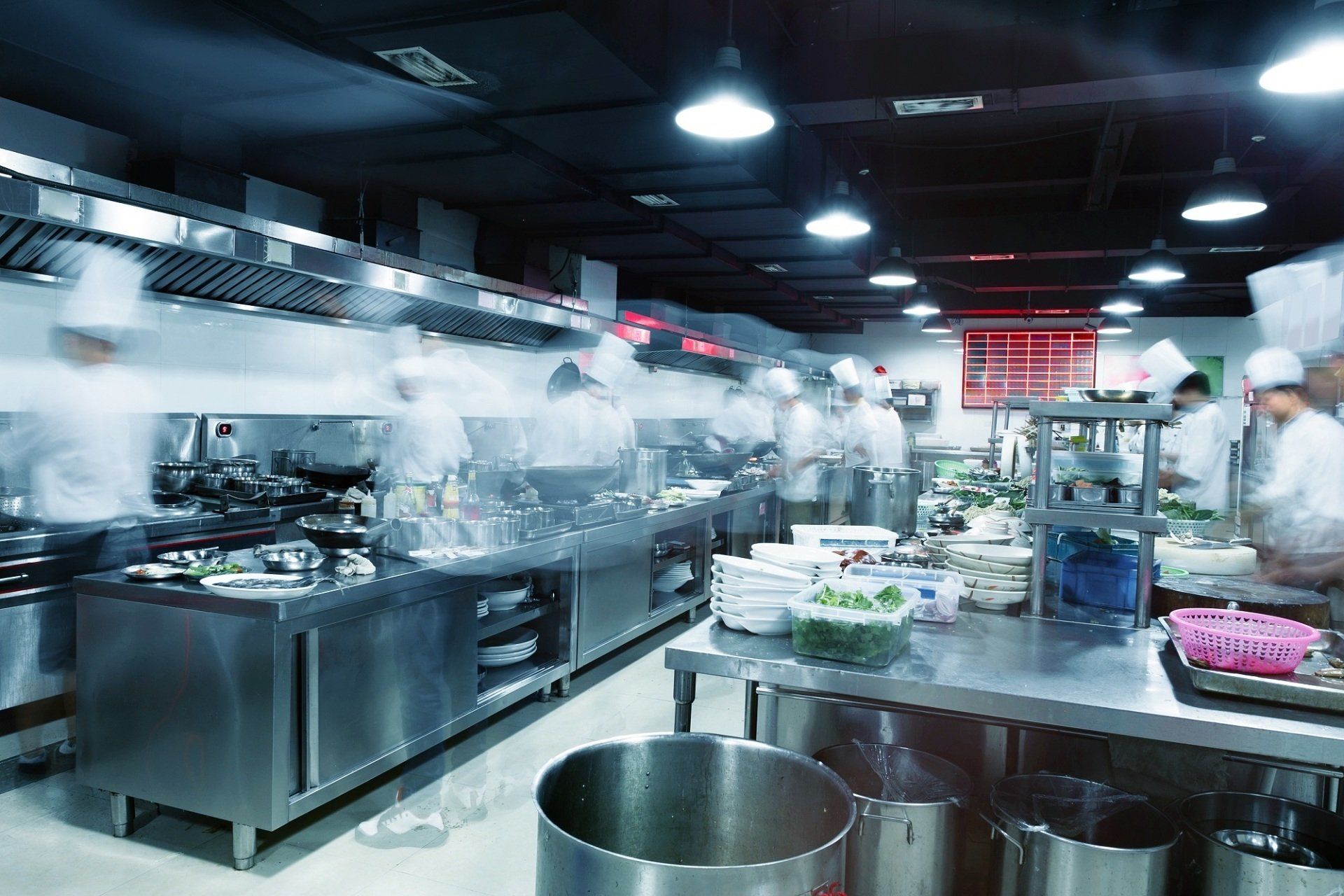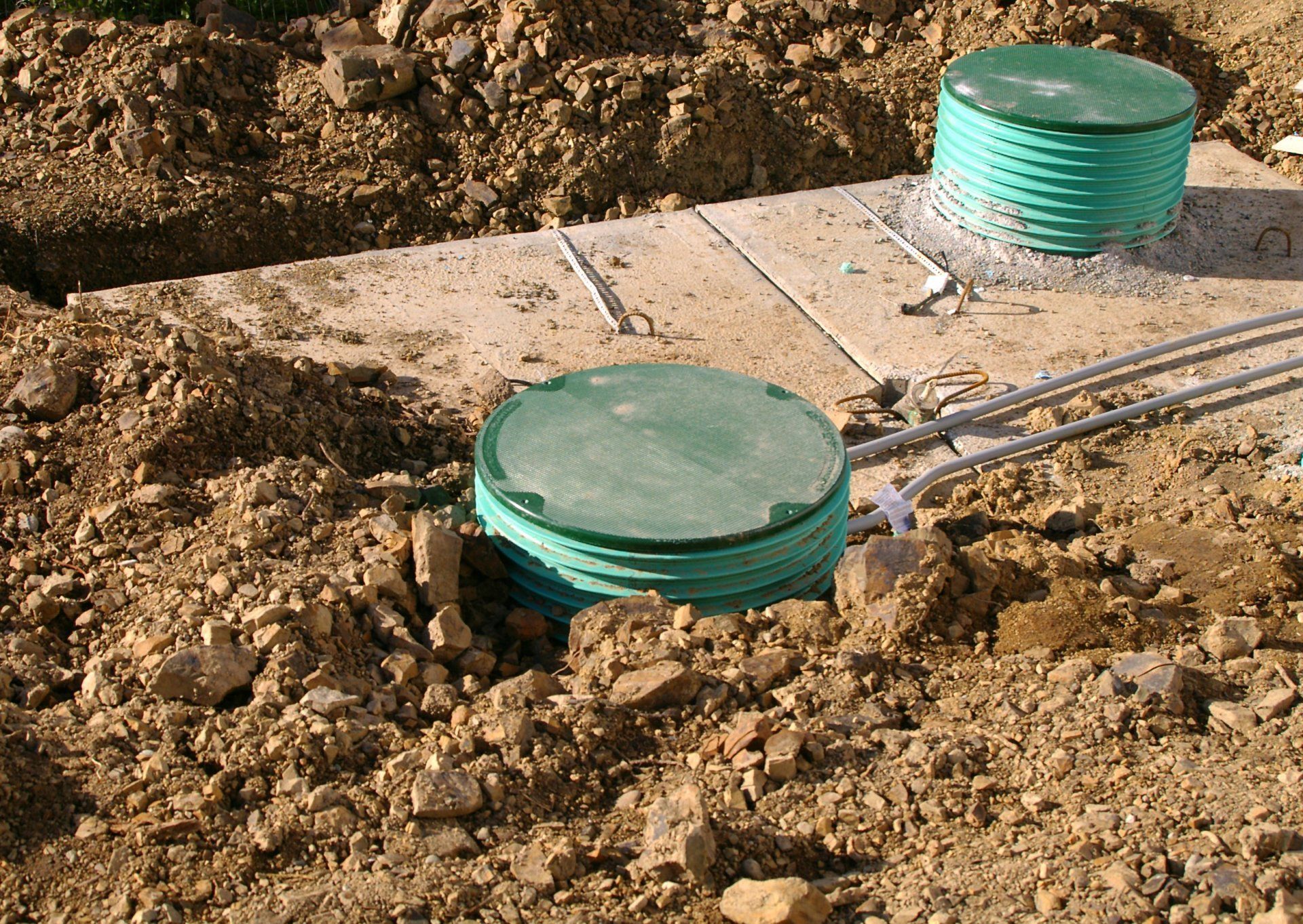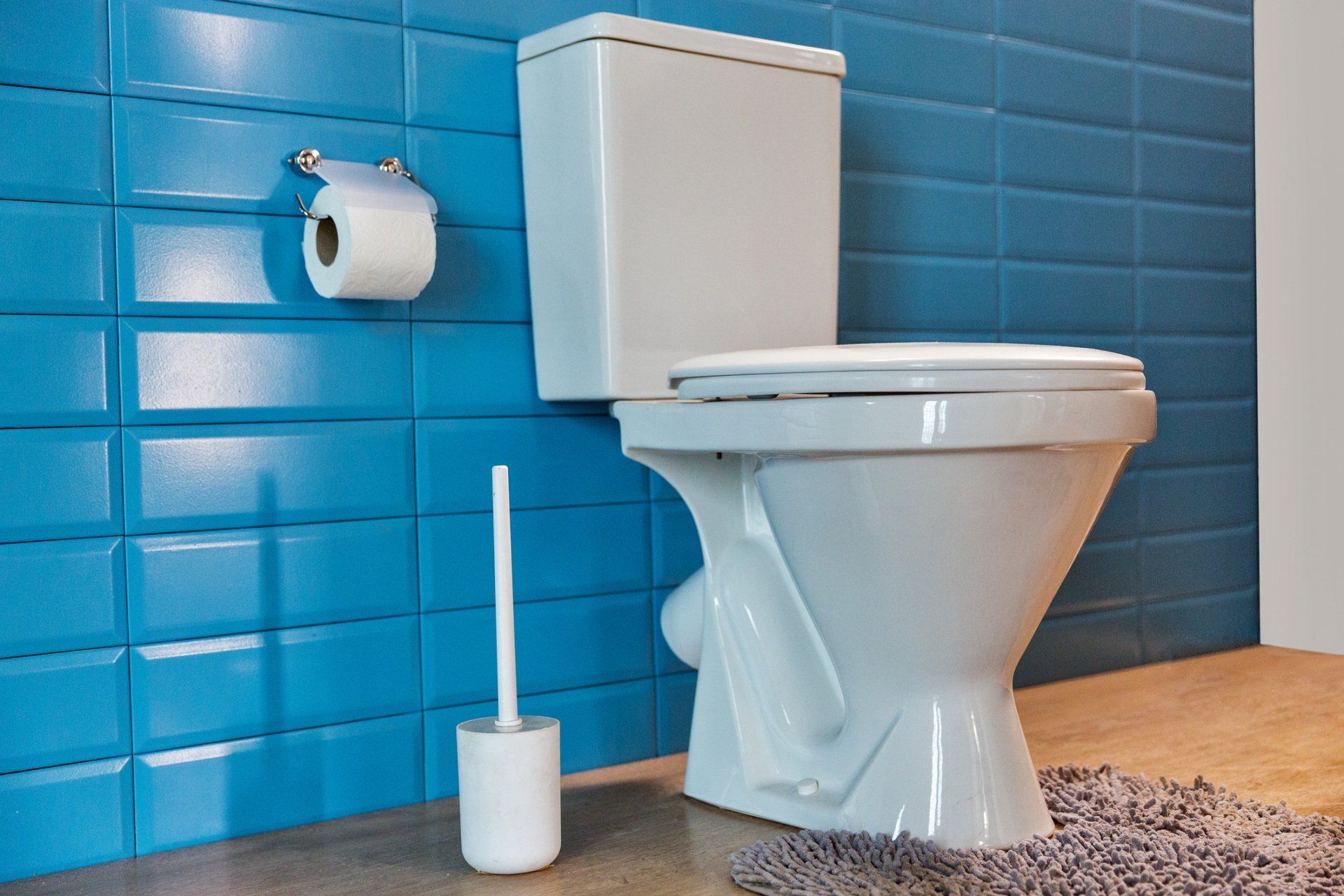Blog Layout
Drain and Sewer Maintenance Tips for New Homeowners
September 19, 2018
If you're new to home ownership, you probably have many things to learn about taking care of a home. Maintaining the drains is one of the ways that you can prevent plumbing problems and avoid costly repairs.
If you're new to home ownership, you probably have many things to learn about taking care of a home. Maintaining the drains is one of the ways that you can prevent plumbing problems and avoid costly repairs. Knowing how to maintain your home's drains is important for ensuring that your home's plumbing is in good condition.
Use a Drain Strainer
Drain strainers are filters that prevent hair, food, and other items from going down the drain. Use a drain strainer in all sinks and bathtubs. Clean all drain strainers when completing the rest of your household cleaning. Keeping strainers clean can help keep them functional.
Clean Drains Regularly
Products like vinegar and baking soda can help keep your drains clear and flowing smoothly. To clean drains at home, pour equal parts baking soda and vinegar into the drain. When the froth settles, leave the mixture in the drains for about three hours, then with warm water. Doing this regularly will help clear debris from the drains and will help keep your drains free of clogs.
Flush Unused Drains Routinely
The P-trap is the curved part of the drain where water sits. This water creates a seal between the sewer and house, thus preventing sewer gas from entering the home. In unused bathrooms and drains of the house, this water can evaporate over time. If the water in the P-trap evaporates entirely, sewer gas can enter the room. To prevent this from happening, flush unused drains with water once a month (or more if needed).
Use a Plumber's Auger to Clear Clogs
A plumber's auger is basically a hand-powered drain snake. These handy tools can clear clogs in sinks and other drains. To use a drain snake to clear a clog, push the cable into the drain until it will go no farther.
Twist the crank to help the cable push through the obstacle it encounters, then push the cable farther into the drain. Keep doing this until you encounter the clog. When the cable encounters the blockage, it will pierce the clog and break it up. Pull the cable back and clean off any debris from the tip.
Know What Not to Flush Down Your Drains
Flushing the wrong waste into your drains can cause a sewer backup. To protect your home and prevent a sewer clog, never flush food, disposable wipes, grease, diapers, kitty litter or tampons into your drain. Even if a product says that it can be flushed down the drains, it may not be safe for your plumbing or sewer.
Watch for Signs of Sewer Backup
Knowing the signs of a sewer backup can help you get sewer cleaning services when they're needed.
- The lowest drains of the house are slow or clogged. When the sewer begins to back up, the lowest drains of the house (like the bathtub and shower drains) may all become clogged or slow, all at once.
- Water drains from one fixture or appliance into another fixture or appliance. For example, water from the toilet may back up into the bathtub when the toilet is flushed.
- Drains make strange noises when water enters them. If your sewer is backed up, the drains may make gurgling or bubbling noises when they're used.
Watching out for these common signs of a problem can help you avoid a sewer backup or an emergency relating to your home's sewer.
Keep a Plumber's Number on Hand
Keeping the number for a plumber on hand makes it easy to call for help when you need it. Post the number for a reputable plumber on your home's fridge and in your cell phone.
Have plumbing maintenance questions? At Roto-Rooter, we can answer your questions about home remodeling and plumbing upgrades. To find out more, call us today.
Hours Of Operation
- Mon - Sat
- -
- Sunday
- Closed
Content, including images, displayed on this website is protected by copyright laws. Downloading, republication, retransmission or reproduction of content on this website is strictly prohibited. Terms of Use
| Privacy Policy
